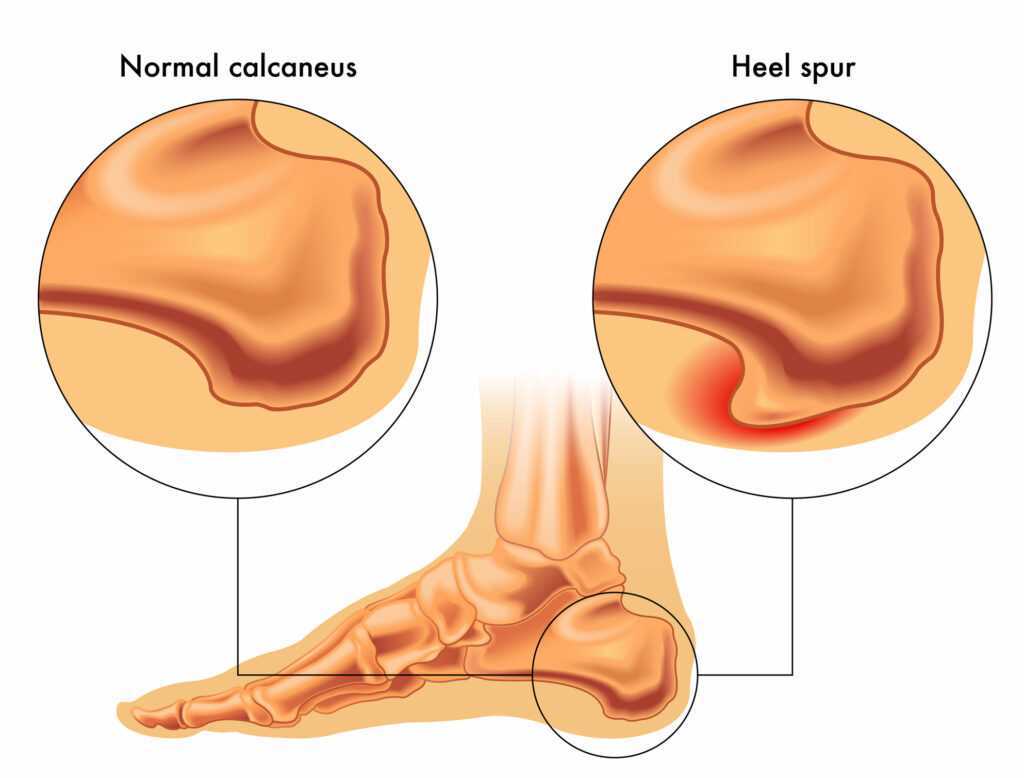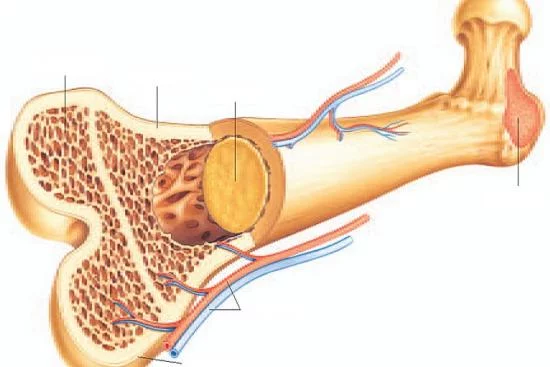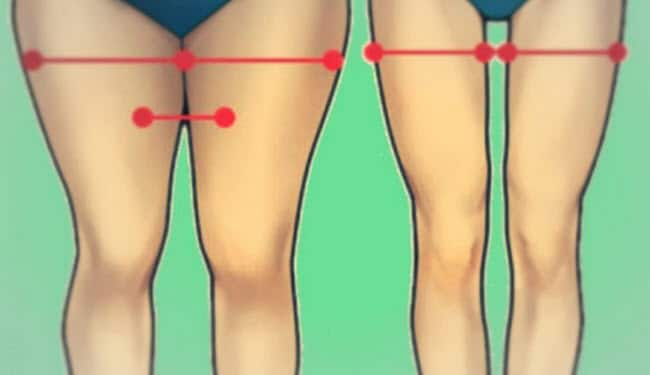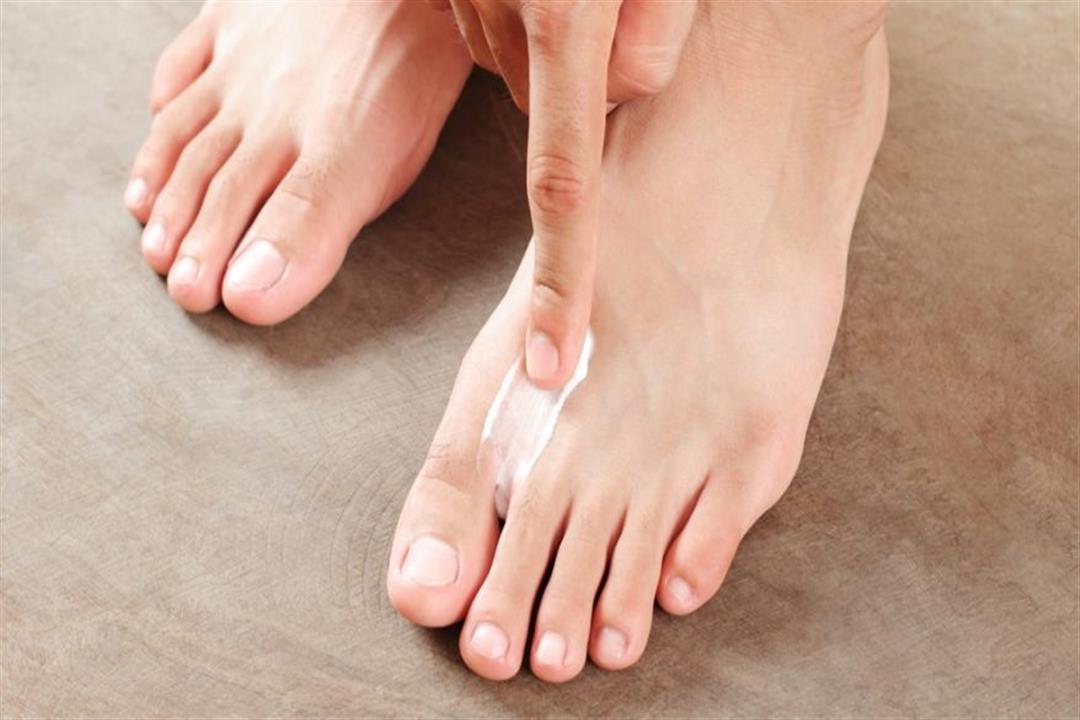What is the Best Treatment for Neck Spasm and How to Massage It?
Treatment for Neck Spasm
Top 10 Effective Ways to Treat Neck Spasm
Neck pain is among the most common health issues in the modern era, with spasms being the most prominent and frequent cause of neck pain. It can result from poor posture in sitting or sleeping and can also affect the shoulders. In this article, we will explore 10 effective ways to treat neck spasms and alleviate pain.
- Change Sitting and Sleeping Posture: Changing your sitting and sleeping posture to a correct one can significantly reduce neck spasm and pain. It’s preferable to keep the back straight and support the neck area with a suitable pillow.
- Relaxation and Stretching Exercises: Relaxation and stretching exercises are renowned for their effectiveness in relieving muscle tension and spasms. Practicing these exercises daily and consistently yields the best results.
- Physical Therapy and Massage: Seeking the services of a physical therapy and massage specialist is an effective way to ease neck spasms and improve blood circulation and movement in the area.
- Heat Therapy: Regular application of heat to the neck area can alleviate spasms and pain. A hot water bag or warm towel can be used for this purpose.
- Avoid Stress and Psychological Pressure: Stress and psychological pressures have a significant impact on muscle condition and can exacerbate neck spasms and pain. It’s important to learn meditation and relaxation techniques to cope with stress.
- Reduce Prolonged Sitting in Front of the Computer: Prolonged sitting in front of the computer is one of the causes of neck spasms. It’s best to reduce prolonged sitting and perform relaxation and stretching exercises during breaks.
- Regular Exercise: Regular exercise, especially aerobic exercises like walking and swimming, are among the best ways to strengthen neck muscles and relieve spasms.
- Check and Adjust the Car Seat Position: Ensure that the car seat position is comfortable and correct, and adjust the headrest so that it properly supports the neck area.
- Apply Ice: Using ice on the neck area can reduce swelling and alleviate pain. It is advised to apply an ice pack to the neck for 15-20 minutes every two hours.
- Adopt a Healthy Lifestyle: The importance of adopting a healthy lifestyle, eating a balanced diet, and drinking the right amount of water cannot be overlooked for the health of muscles and the body in general.
In summary, neck spasm is a common issue for many people, causing discomfort and pain. However, neck spasms and pain can be treated using the methods mentioned above. If the pain persists, it is advised to consult a doctor to assess the condition and discuss appropriate treatment options.
How to Quickly Treat Neck Stiffness Naturally?
Many people suffer from neck stiffness, which causes pain and tension. Neck stiffness can result from sitting in an incorrect posture for extended periods, excessive use of smartphones, psychological stress, and physical injuries. If you are suffering from neck stiffness and looking for quick, natural remedies, here are 7 effective methods you can follow:
- Stretching Exercises: Practicing stretching exercises is one of the best ways to relieve neck stiffness and increase its flexibility. Gently stretch and move your neck in different directions, such as to the sides, and up and down. You can also slowly rotate your head to ease the tension in the neck.
- Using Ice and Heat: Ice and heat can be used alternately to relieve neck stiffness. Place a piece of ice wrapped in a thin towel on the neck for 15 minutes, then use a heating pad or warm compress to apply heat to the affected area. Ice helps reduce swelling and inflammation, while heat aids in relieving pain and increasing blood flow.
- Massage: Massage can be effective in relieving neck stiffness. Have someone perform a neck massage using gentle, circular motions. Soothing essential oils such as lavender or rosemary oil can also be used to enhance the massage effect.
- Movement Therapy: Sitting for long periods and lack of physical activity can be a primary cause of neck stiffness. Try doing simple exercises like walking or light workouts to move and strengthen the neck muscles and the body in general.
- Changing Daily Habits: Some daily habits may contribute to neck stiffness. Maintain a correct posture while sitting and use technology devices appropriately. Ensure that the computer screen is at eye level, and hold the phone at eye and arm level to avoid putting strain on the neck.
- Deep Breathing: Deep breathing and focusing on breathing is an effective way to relieve tension and neck stiffness. Try deep breathing techniques such as abdominal breathing in a consistent and gradual manner.
- Relaxation and Rest: It is essential to rest and relax to relieve neck stiffness. Lying down on a flat, comfortable surface, listening to soothing music, or practicing meditation or yoga can help calm the body and mind.
If neck stiffness becomes bothersome and persistent for a long period and does not respond to home treatments, it is advisable to visit a neurologist or a physical therapist for accurate diagnosis and appropriate treatment. Do not hesitate to consult a doctor if serious symptoms such as limb numbness or difficulty breathing occur.
These natural methods for quickly treating neck stiffness may be helpful for many people, however, it is important to consult a doctor before trying any new treatment, especially if you have a chronic health condition or are taking other medications.
What is the Treatment for Neck and Shoulder Stiffness?
Neck and shoulder stiffness is a common condition that can cause severe pain and reduced muscle movement in these areas. The stiffness may result from stress, psychological strain, or chronic diseases such as arthritis. However, stiffness can be treated with different types of therapies that help alleviate pain and improve the movement of the neck and shoulders. In this article, we will discuss the most prominent treatment methods and prevention techniques for stiffness.
Using Ice for Acute Spasms:
- Ice can be used to reduce swelling and pain associated with a spasm within the first 24 hours of its occurrence.
- It is advised to place a piece of ice in a bag or thin cloth, and then apply it to the affected area for 10 minutes once every hour for 48 – 72 hours after the injury.
Using Heat:
- Heat can be used to soothe strained muscles and reduce tension in the area.
- You can apply a warm cloth to the affected area or take a warm bath to help alleviate the pain.
Massage:
- Massage is one of the best ways to treat neck and shoulder spasms.
- Gently massaging the affected area can relieve tension and pain and help restore muscle movement.
Pain Relievers:
- If the spasm is not causing severe pain, over-the-counter pain relievers such as acetaminophen or ibuprofen can be used.
- Before using these medications, it is preferable to consult a doctor to determine the appropriate dosage and duration of use.
Stretching Exercises:
- Stretching exercises can be performed to strengthen the muscles and improve the movement of the neck and shoulder.
- It is advisable to consult a physical therapy specialist to teach you the appropriate exercises and the correct way to perform them.
Lifestyle Modification:
- It is important to avoid triggers of spasms such as stress, tension, and excessive heat.
- It is recommended to reduce the intake of beverages containing caffeine and alcohol and focus on drinking plenty of water to maintain hydration.
Consulting a Doctor:
- If spasms persist and pain increases or the condition worsens, it is recommended to visit a doctor for an assessment and appropriate treatment.
- The doctor may recommend taking non-steroidal anti-inflammatory drugs to relieve pain and swelling.
In conclusion, it is recommended to communicate with medical professionals for an accurate diagnosis and effective treatment of neck and shoulder spasms. By following medical guidelines and taking appropriate preventive measures, you can improve your condition and effectively get rid of spasms.
How Long Can Neck Spasm Last?
Many people suffer from neck spasms, a disorder causing involuntary tightening of the neck muscles. The pain from a neck spasm can be very painful and disturbing, potentially lasting a long time and affecting the individual’s daily quality of life. Therefore, it’s important to know how long a neck spasm can last, to diagnose and treat it correctly.
Although the duration of a neck spasm can vary from person to person, it is usually short-lived and lasts for several minutes or hours. The spasm can be sudden and acute, with the affected person experiencing severe pain in the neck and difficulty moving the head. The spasm may also be accompanied by difficulty in breathing and a feeling of your head being twisted to one side.
However, there can also be chronic neck spasms, which last for a longer period, possibly extending to several days or weeks. This chronic spasm may result from continuous irritation of the neck muscles due to stress or poor habits when standing for long periods, such as carrying heavy objects improperly or sitting in a bad posture for extended periods.
Treating a neck spasm typically requires lifestyle changes and adopting appropriate therapy techniques. Treatment may include stretching exercises, neck massages, and applying ice or heat. If the spasm continues for a long time and becomes chronic, it may be necessary to consult a doctor to evaluate the condition and suggest suitable treatment.
There is no specific duration that can be precisely determined for how long a neck spasm lasts, as this varies depending on each individual’s condition. Therefore, it is more important to focus on the factors causing the spasm and work on changing them, in addition to following suitable treatment advice, and seeking medical help if the spasm persists for long periods and becomes chronic.
How to Massage the Neck?
Neck massage is an ideal way to relieve muscle tension in this area, improve blood circulation, and promote feelings of comfort and relaxation. Neck massage may have many other benefits, such as relieving headache pains, improving mood, and increasing energy levels.
If you want to provide a comfortable neck massage session for someone close to you or perhaps for a client at a massage center, here are some methods and techniques that can help you in doing so:
Relax in a Warm Bathtub: Offer a wonderful experience by inviting the person to relax in a warm bathtub, adding a few drops of therapeutic oils like lavender oil to enhance relaxation and alleviate tension.
Adjust Body Posture: The person should sit in a comfortable position with their back straight. You should be able to easily access the upper back and shoulders. Use a comfortable chair that provides the necessary back support, or a cushion if an appropriate chair is not available.
Hand Movements: Perform longitudinal and gentle hand movements. Some might think that massage only refers to deep pressure, but a light and soothing style is also effective. So, use your hands gently and move them along the muscles.
Focus on Tense Areas: When you feel a knot or tension in the neck, gently and focusedly apply pressure. The pressure should be concentrated but not too strong. Regular and smooth pressure can help relieve muscle tension and stress.
Hawaiian Lomi Lomi Technique: This technique may also be worth considering. It involves circular and rounded finger movements on the neck at a steady and consistent pace. This type of massage is calming and helps improve the sense of comfort.
Neck Stretching: Neck stretching can be a useful technique to extend muscles and improve their flexibility. Hold the person’s head in your hands and be attentive to the neck lines. Then, gently move it backwards as far as possible and hold for a few seconds before releasing.




















